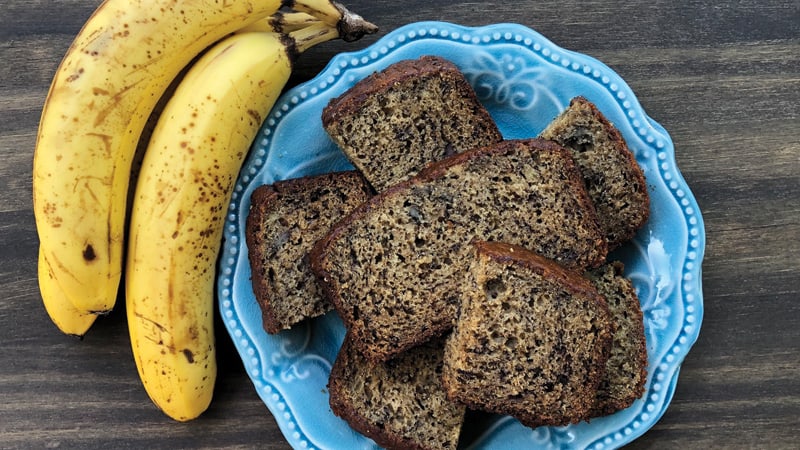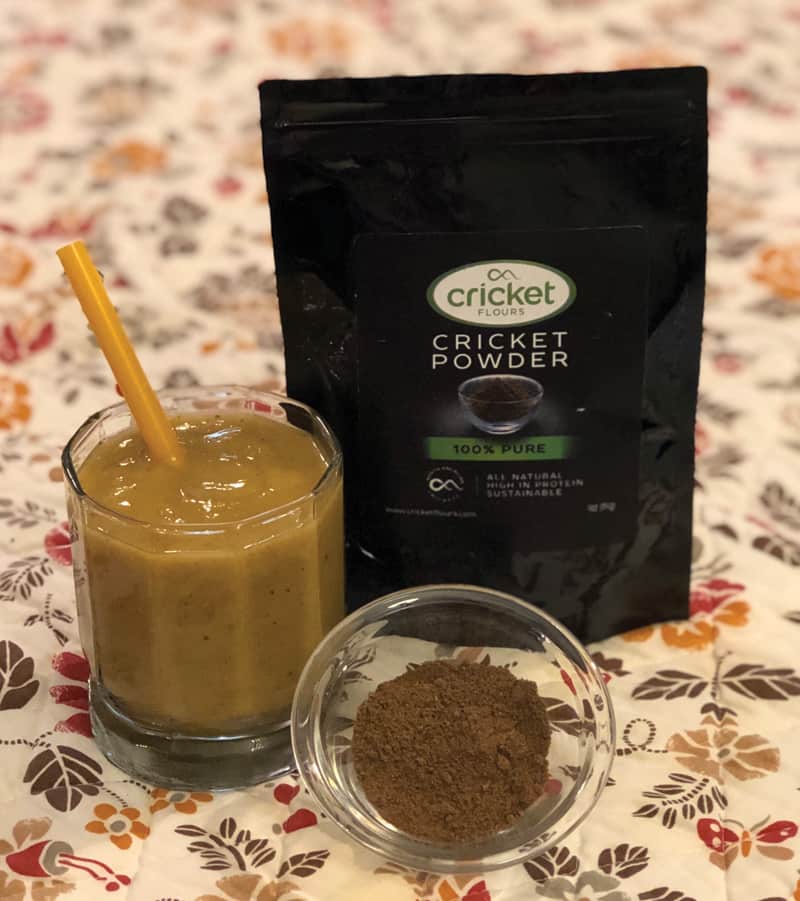The Dietary Benefits of Eating Insects
A new old protein source

Scary and creepy treats are part of the fun of Halloween! Colorful gummy worms slither out of cupcakes. Chocolate cookie spiders stare back at you with googly eyes. Black olive spiders crawl over the bean dip. These foods add to the festivities, but would you ever consider eating real worms, crickets or other insects? After all, bugs can provide an important nutrient, a non-meat source of protein.
While you’re letting that sink in, know that many cultures around the world already practice entomophagy, i.e., the eating of insects. Insects provide protein when other food sources may be in short supply, or they are simply enjoyed as part of the foodways. Australia’s aboriginal tribes eat honey-pot ants. In China, you may see roasted larvae in upscale restaurants and skewered insect “kabobs” from street vendors. People throughout Southeast Asia eat crickets, wasps, bee larvae, ant eggs, silkworms, cicadas, centipedes, dragonflies and scorpions. In Mexico, grasshoppers, agave worms and bees are fried, buttered or dipped in chocolate.
The United States’ emerging interest in entomophagy rises from concerns for the environment, since insects are a more sustainable protein source than animals. They need much less feed than traditional livestock to produce similar amounts of protein. Insects also emit fewer greenhouse gases and need less land and water to raise.
LOW ON THE FOOD CHAIN, HIGH IN QUALITY
You may be surprised that insect protein provides all nine essential amino acids, just like animal protein. Amino acids are the building blocks of protein that help us grow, repair body tissues and help with other body functions. Our bodies make some amino acids, but the essential ones must be consumed through food.
Vegetarian proteins have amino acids, too, but don’t contain all nine essential amino acids. Combining vegetarian foods throughout the day – like beans with rice or peanut butter on whole wheat bread – helps provide them all.
Bugs and insects also contain carbohydrate, fat, cholesterol and calories, so portion control is still important. They’re a surprising source of vitamins and minerals, plus antioxidants – substances that help prevent damage to our cells, decrease inflammation and promote health. New studies reveal insects may play an active role in encouraging a healthy gut microbiome. That’s the healthy bacteria, viruses and fungi that live in our body and help aid digestion and strengthen our immune system.
Insect proteins should be well tolerated unless you have specific food allergies. For example, crickets are arthropods like shrimp, crabs and lobsters, so if you have a shellfish allergy, you may be allergic to crickets. Otherwise, there are a variety of ways to add insect protein to your meals or snacks.
Cricket or other insect powders may be the easiest method to swallow. They’re made from crushed or ground insects to form a fine, high-quality protein powder that can be added to smoothies, baked goods, soups or other foods.
Insect bars are a tasty, portable, high-protein snack you can enjoy on the go or after your workout. Companies like Chapul, Sens Foods, and Exo (find more info on their site here!) make insect protein and energy bars. These companies make it easy to find ones you love by offering sample packs of different flavors: blueberry-vanilla, peanut butter and chocolate, or coconut and ginger with lime, anyone?
For the adventurous eater, flavored or chocolate-covered roasted insects are another option. The more cautious snacker may prefer insect chips, similar to potato or corn chips.
TASTE TESTS – REFLECTING OUR COMMITMENT TO OUR READERS
I’ll admit, I just couldn’t eat anything that still looked like a creepy-crawly, so I ordered cricket powder online. Made from crushed crickets, it’s dark brown and looks similar to cocoa powder. The flavor was bland and slightly nutty.
I tried the cricket powder in smoothie and banana bread recipes. For the smoothie, I blended the cricket powder with ice, mango, pineapple chunks, fresh pear and orange and lime juices. It was fruity and delicious. The powder darkened the color of the smoothie.
I found plenty of cricket powder banana bread recipes online and selected one without other special ingredients, to compare it with typical homemade banana bread. It came out moist and tasted as sweet and yummy as you would expect of banana bread. The brown powder made the bread a little darker than usual.
I shared the banana bread with my registered dietitian co-workers and dropped some off for the BOOMER staff to sample. All tasters were informed of the unusual ingredient. Some declined the tasting opportunity, but those who tried it couldn’t tell any difference with the cricket powder and really enjoyed the banana bread.
BOOMER ordered a sampler pack of whole, dried crickets in different flavors, plus chocolate covered crickets and worms. The consistency of the dried crickets was puffy, like cheese puffs. The flavor came mainly from the toppings with sour cream and onion ranking the best. The group thought the chocolate covered bugs tasted fine but a little bland, with crunch similar to a Crunch bar.
Since these insect snacks seemed gimmicky, editor Annie Tobey also tried dark chocolate crickets with amaranth seeds from Don Bugito, a company focused on planet-friendly protein snacks inspired by pre-Colombian Mexican cuisine. These proved to be a genuinely tasty treat.
Further studies may reveal additional health and nutrition benefits of insects and bugs. While not part of our usual foodway now, these and future products may open the door to a host of possibilities.
Mary-Jo Sawyer is a registered dietitian with VCU Health where she provides outpatient nutrition counseling. A former Richmond-Times Dispatch columnist, she wrote the popular “Practical Nutrition” column combining timely nutrition information with recipes to help put it into practice.

